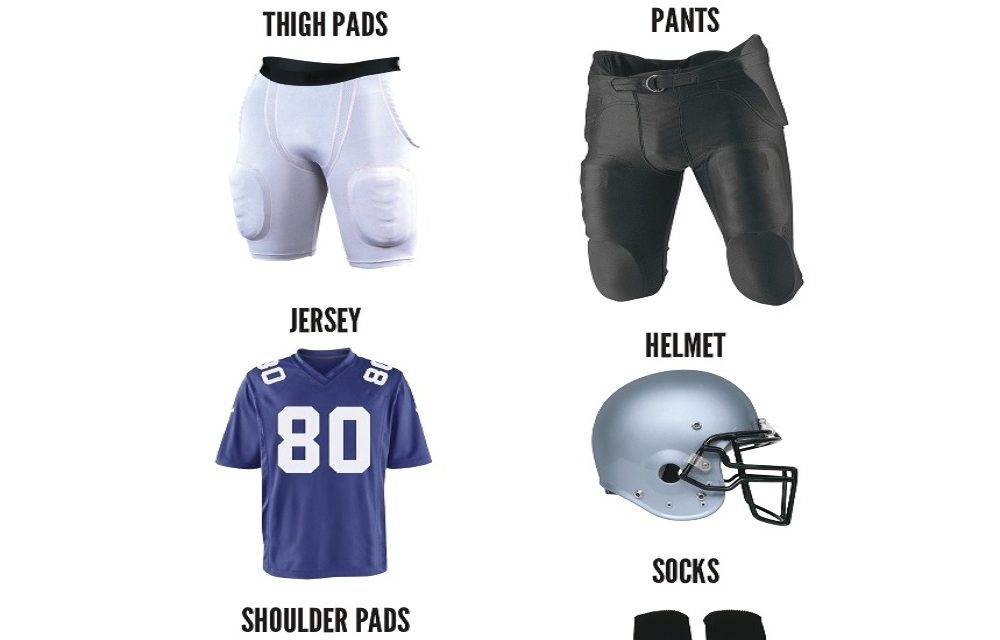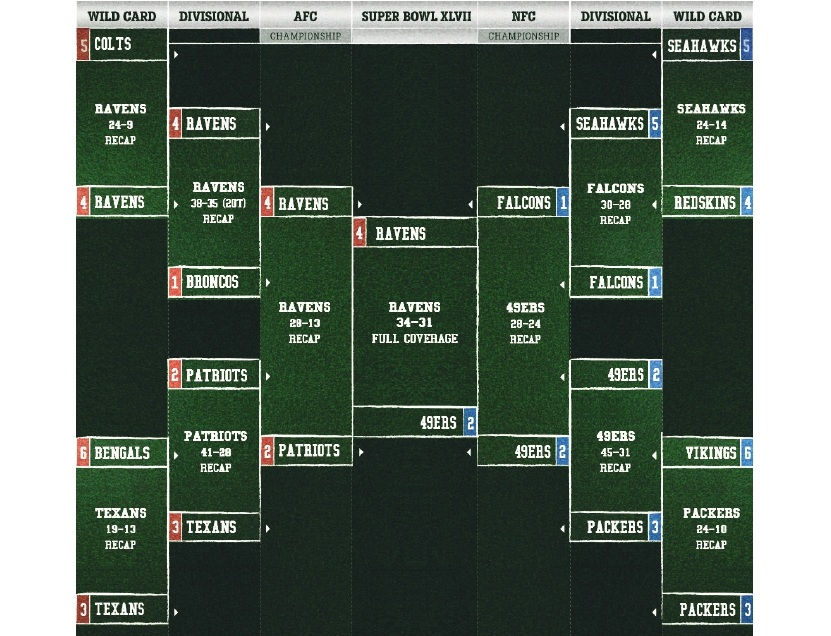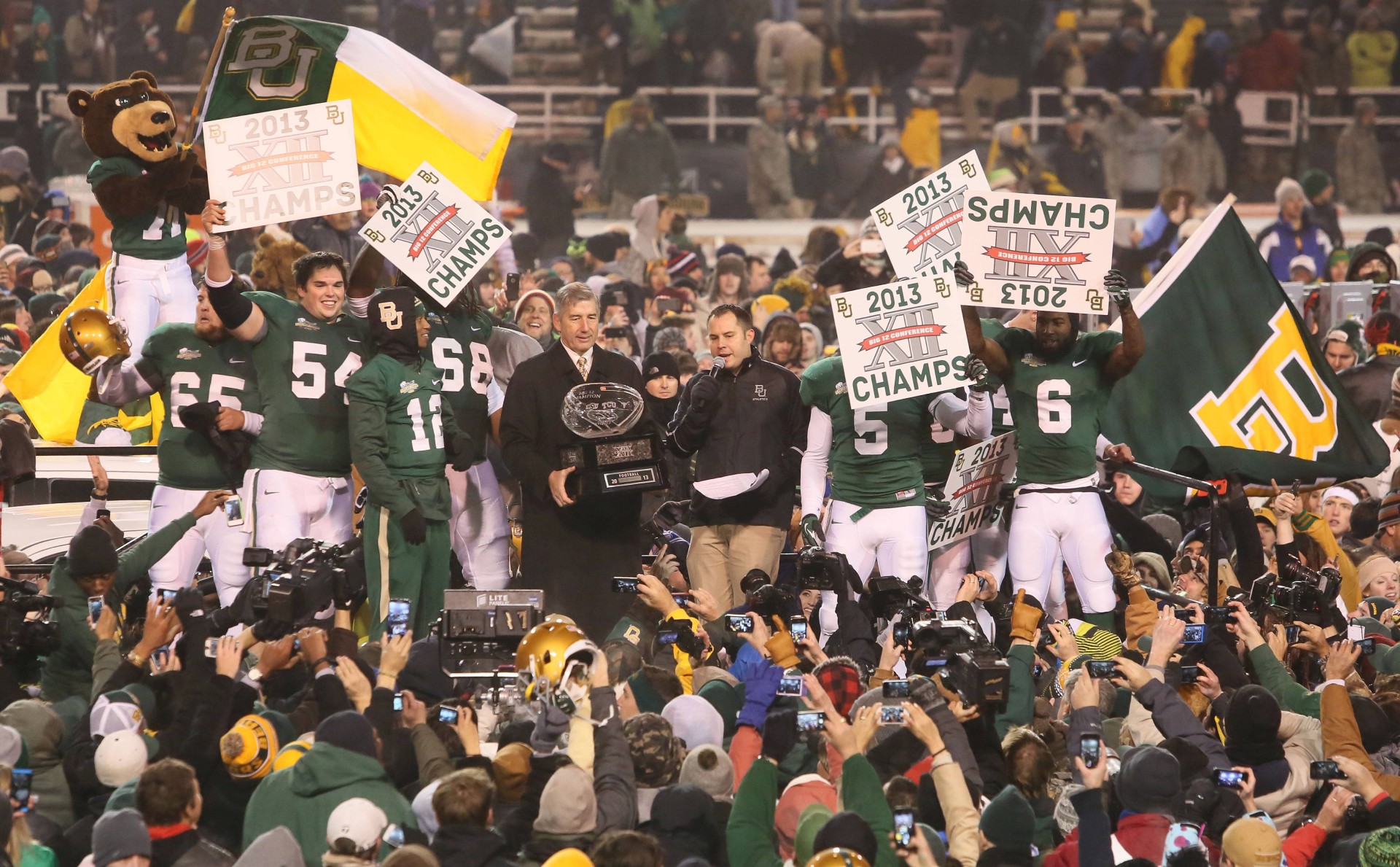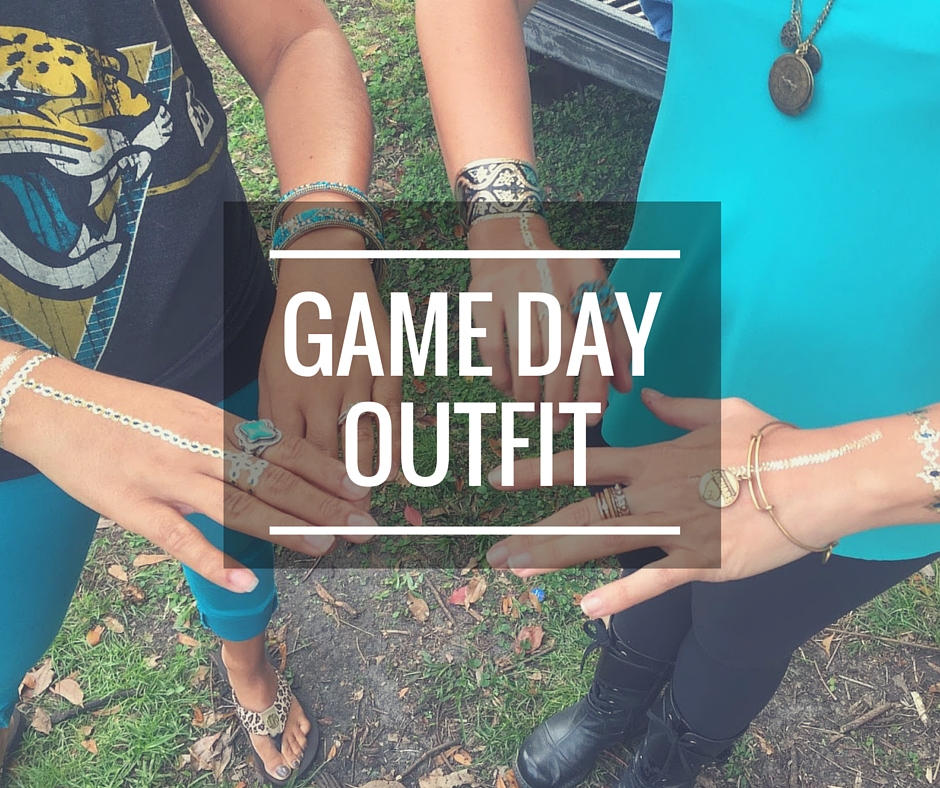NFL players have a strict uniform policy that’s enforced by the league and one slight misstep could result in a steep fine from the so called “uniform police.” For every game, there is a person that stands nears the exit tunnel and grades each player based on their uniform. Anything from a jersey being untucked, uniforms not matching the rest of the team or logos not present, could result in a fine from the NFL that may cost thousands of dollars.
A few years ago, there was an increasing problem of longer hair in the NFL. Rather than take an approach that mandated short hair, the NFL implemented a rule that said if a player’s hair was longer than his helmet, it is considered an extension of the uniform and therefore guys are allowed to “tackle” another player by grabbing his hair.
THE HELMET
- Equipped with chin straps to help keep the helmet in place
- Helmets include air-filled pockets inside of them to protect the player’s head.
- The position of the player determines what kind of face mask he will wear on the helmet. For example, an offensive lineman has a bigger face mask and more bars to prevent an opponent’s hands from reaching inside the face area underneath the chin. But the kicker will only have one bar across his face mask because he doesn’t receive as much contact an offensive lineman.
- A player is only allowed to use a shaded half shield if they have a prescription from a doctor stating they need it. Most players think this is an advantage because the defense cannot see the eyes of the player to guess where he may be headed.
- Since 1994, wireless technology is permitted in the quarterback’s helmet to allow for the coach to send messages to him.
PADS
- Next to the helmet, it’s the most important protective part of the uniform players wear.
- Pads worn include shoulder, thigh, elbow, hip, tail and knee pads.
- Some quarterbacks are known to wear flak jackets to protect their rib cage, which is vulnerable when a quarterback throws the ball
CLEATS
- Players wear cleats based on the position they play and the field they are playing on.
- Cleats come in four different sizes: 1/2-inch, 5/8-inch, 3/4- inch, and 1 inch.
- The 1/2 inch cleat is ideal for dry and firm fields.
- On a muddy field, longer cleats work because they provide better traction.
- Most players wear the 1/2 in cleat on artificial surfaces.
THE FOOTBALL ITSELF
- There were two separate balls used in the NFL during the 1950s. One is the normal brown ball we see today with two white stripes, but the other was a white ball with two dark stripes. In football’s early days, teams did not have the fancy lighting equipment of today and the white ball was used during the night games. Once adequate lighting was obtained in the late 1950s, the white ball had no more use.
- Per NFL rules, the home team has 36 balls for outdoor games and 24 for indoor games available for testing with a pressure gauge by the referee two hours prior to the starting time of the game.
- Twelve new footballs, sealed in a special box and shipped by the manufacturer, are opened in the officials’ locker room two hours prior to the starting time of the game. These balls are to be specially marked with the letter “K” and used exclusively for the kicking game
EQUIPMENT MANAGER’S TOUGH GIG
With all the different kinds of equipment for all the different positions in football, the job of the equipment manager is nothing to shake a stick at. On an average game day, a typical equipment manager’s list includes 120 pairs of socks, 36 footballs, 300 rolls of tape, 48 pairs of shoelaces, 35 gallons of Gatorade, 36 extra chin straps, four sticks of black eye, 400 towels, 24 sliced oranges, two kicking tees, 25 bags of ice and 400 sticks of gum.
UNIFORM NUMBERING SYSTEM
In the NFL, players wear uniform numbers based on the position they play. This system was developed as a means for fans and officials to more easily identify players on the field by their position.
- Quarterbacks, placekickers and punters: 1–19
- Wide receivers: 10–19 and 80–89
- Running backs and defensive backs: 20–49
- Offensive linemen: 50–79
- Linebackers: 50–59 and 90–99, or 40–49 if all are taken
- Defensive linemen: 60–79 and 90–99
- Tight ends: 80–89 or 40–49 if all are taken






